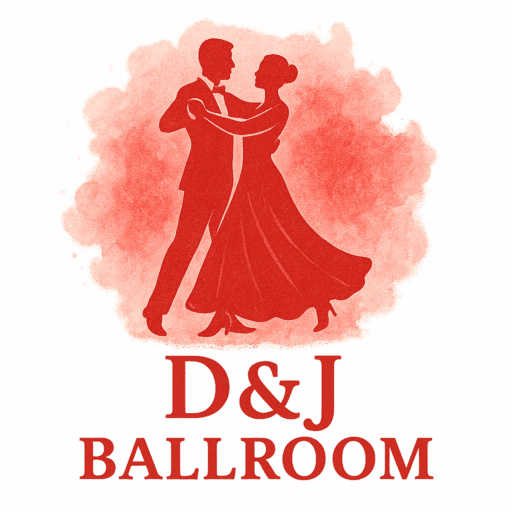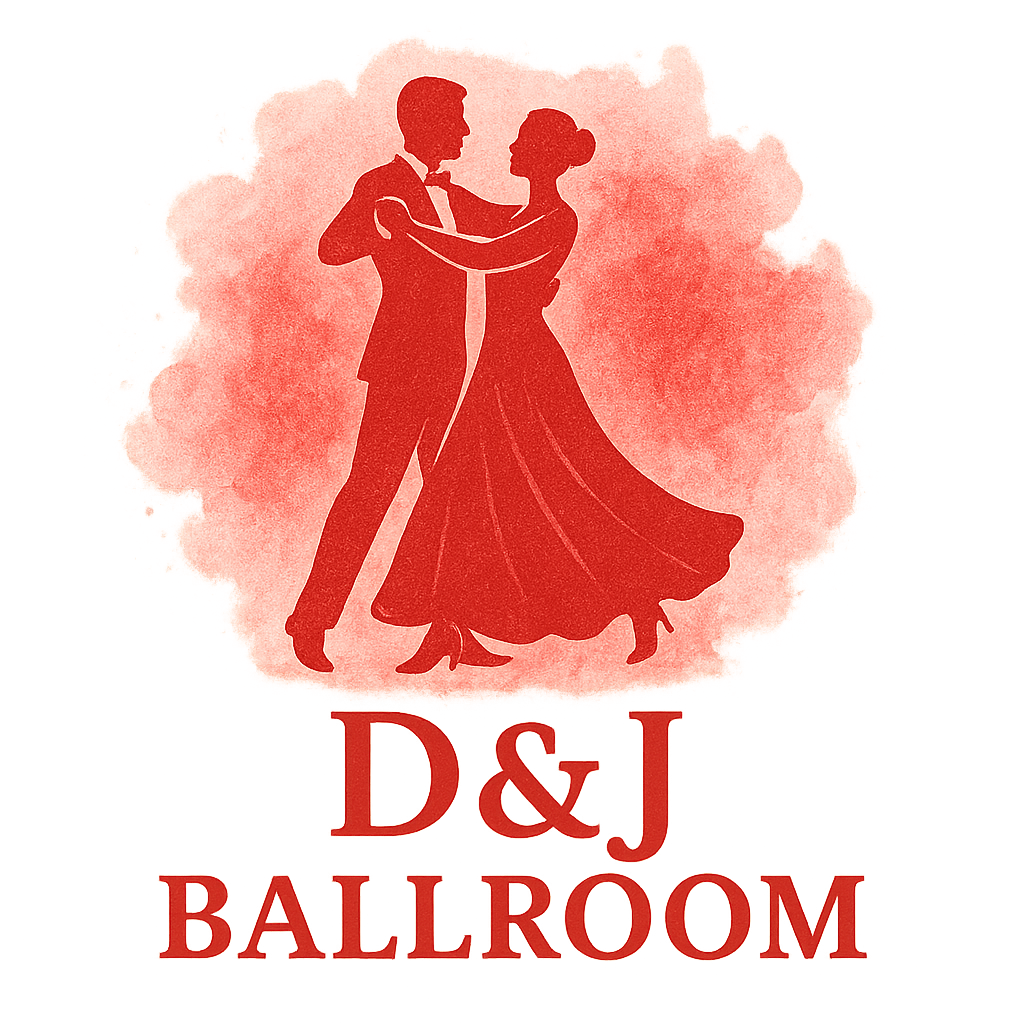Introduction to Ballroom Technique Drills
Ballroom dancing is more than memorizing steps—it’s about rhythm, elegance, and the seamless partnership between two people. To achieve that harmony, ballroom technique drills for lead and follow practice are essential. They allow you to refine posture, balance, timing, and connection. Just like musicians practice scales, dancers rely on drills to bring artistry to life.
If you’re new to the world of ballroom, you might also want to check out the history and culture of ballroom dancing to understand how these timeless techniques evolved.
Why Lead and Follow Practice Matters in Ballroom Dancing
Ballroom dance is a dialogue. One partner leads, the other follows, and together they create fluid expression. Without solid lead and follow training, that dialogue breaks down into confusion.
The Role of Communication Between Partners
Think of ballroom dancing as a silent conversation. The leader initiates movement signals, while the follower interprets and responds. This delicate balance is what makes dances like the waltz or the tango so captivating.
Building Connection and Trust
Trust is the glue in every partnership. Followers rely on the leader’s clear guidance, while leaders depend on responsive followers. Over time, drills reinforce this trust, helping both dancers flow naturally.
Drill #1: Posture Alignment and Frame Control
Posture is the foundation of ballroom elegance. Without a strong frame, it’s nearly impossible to communicate effectively.
How to Check and Correct Posture
Practice in front of a mirror. Align your spine, keep shoulders relaxed, and engage your core. Both leader and follower must maintain a frame that communicates intention without stiffness.
For more in-depth frame training, visit ballroom techniques and training.
Frame Resistance Exercises
Face your partner in a closed position and apply light resistance with your arms. The goal isn’t force, but connection—an elastic responsiveness that supports smooth transitions.

Drill #2: Weight Transfer and Balance Awareness
Balance determines whether your dance feels grounded or wobbly.
Slow Walk Practice
Take slow, deliberate steps across the floor. Shift full weight onto each foot before moving to the next. This drill prevents rushed, incomplete transfers.
Mirror Balance Drill
Face your partner without touching. One partner moves, the other mirrors. This builds awareness of balance and control, which is especially useful in competitive ballroom events.
Drill #3: Connection Through Hand and Arm Pressure
Your hands and arms transmit subtle signals, like Wi-Fi for dance partners.
Palm-to-Palm Sensitivity Exercise
Press palms gently and let one partner create circles or lines. The other follows without resistance, enhancing responsiveness.
Arm Resistance Training
Leaders initiate movement from the torso while followers maintain elasticity. This prevents jerky, forced transitions and refines connection—an essential skill in all ballroom dance styles.
Drill #4: Timing and Musicality Synchronization
Without timing, dance is just movement. With timing, it becomes music in motion.
Clapping and Stepping to the Beat
Start by clapping to music, then add basic steps. This improves rhythm recognition, especially useful when learning dances with complex timing like tango or quickstep.
Using a Metronome or Slow Music
Practice with slow beats first, then gradually speed up. This drill helps couples transition between tempos—a skill needed in both social settings and competitions.
Drill #5: Directional Change and Pivot Control
Turns and pivots are signature elements of ballroom.
Quarter Turn Exercises
Work on quarter turns slowly, ensuring controlled pivots without wobbling. Focus on smooth torso rotation.
Controlled Pivot Drill
Leaders initiate pivots from the body, not the arms. Followers must maintain balance on the standing leg. For advanced variations, explore ballroom technique drills.
Drill #6: Floorcraft and Spatial Awareness
A crowded ballroom can feel like bumper cars without floorcraft.
Navigating Around Obstacles
Set up cones or chairs and dance around them. This teaches leaders to guide gracefully and followers to stay relaxed when space is tight.
Shadow Dancing in Crowded Spaces
Practice dancing with other couples nearby. This simulates real-life ballroom events, where awareness and adaptability are crucial.
Drill #7: Improvisation and Silent Lead-Follow Practice
Improvisation unlocks creativity and deepens trust.
No-Counts Dancing
Turn off music and dance without counting. This forces leaders to rely on body cues and followers to heighten sensitivity.
Closed-Eyes Trust Drill
Followers close their eyes, letting leaders guide completely. This drill strengthens trust, a vital skill in both performance and social dance culture.
Tips for Effective Ballroom Drill Sessions
Practice in Short, Focused Intervals
Fifteen minutes of dedicated drilling is better than an hour of distracted dancing.
Record and Review Progress
Video playback exposes posture flaws or timing issues you can’t feel in real time.
Switch Roles Occasionally
Leaders trying to follow—and followers trying to lead—build empathy and understanding. This perspective shift is invaluable for mastering partner dynamics.
Common Mistakes to Avoid in Ballroom Technique Training
Overleading or Anticipating
Leaders sometimes push too hard, while followers anticipate movements. Both break connection. Aim for subtle signals and patient responses.
Rigid Posture and Lack of Flexibility
A stiff frame blocks fluidity. Engage your core, but keep the upper body supple. Proper balance between strength and flexibility can even enhance your ballroom wardrobe choices, making movement easier.
Benefits of Consistent Lead and Follow Drills
Better Partnership Chemistry
Consistent drills make communication feel almost telepathic. You’ll start predicting each other’s moves naturally.
Increased Confidence on the Dance Floor
Whether in competitions or social dances, confidence comes from knowing you and your partner are fully in sync.
Conclusion
Mastering ballroom isn’t about memorizing steps—it’s about polishing the connection between partners. Through posture drills, timing exercises, balance work, and improvisation, you and your partner can unlock a new level of grace and confidence. By weaving these ballroom technique drills for lead and follow practice into your routine, you’ll not only dance better—you’ll feel unstoppable.
FAQs
1. How often should we practice ballroom technique drills?
Aim for 3–4 sessions a week, at least 20–30 minutes each.
2. Do these drills work across all ballroom dance styles?
Yes! They apply to every style, from tango to waltz.
3. Can beginners use these drills?
Absolutely. They build the foundation for both beginners and advanced dancers.
4. Should we always practice with music?
Mix it up—silent drills sharpen connection, while music enhances timing.
5. What if my partner and I learn at different speeds?
Take turns focusing on each other’s weaknesses. That balance strengthens the team.
6. Can I practice these drills alone?
Yes! Posture, balance, and timing drills can be done solo before pairing up.
7. How soon will I notice results?
Most dancers feel improvements in as little as 2–4 weeks with consistent practice.


